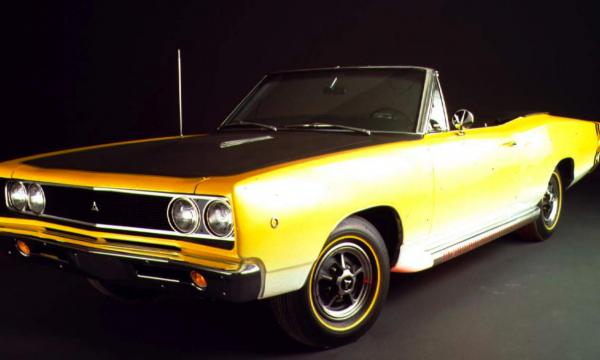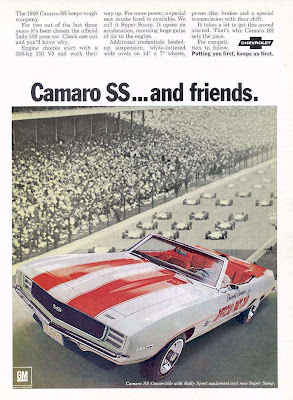As soon as we learned that Mercedes-Benz had commissioned its AMG performance division to build a Gullwing redux, we knew a convertible version wouldn’t be far behind. For one thing, its progenitor, the 1950s-era 300SL, was offered in both hardtop and roadster varieties (though never at the same time). Each was beautiful in its own right, and both are pricey collectibles today. And Mercedes-Benz itself repeatedly spilled the ragtop beans, at media gatherings that took place before the launch of the coupe, by dropping the yet-to-be-revealed car into a Super Bowl commercial, and by recently offering its own “spy” shots of the car. But only now has the complete body of information on autodom's worst-kept secret, the 2012 Mercedes-Benz SLS AMG roadster, been made public.
 The convertible be built around an aluminum space frame, just like the coupe. Mercedes-claimed 3661 pounds, the roadster weighs just 88 pounds more than the company reports for the bewinged car. This is in spite of added bracing around the windshield, the rear axle, and the base of the doors, as well as an additional crossmember to support the fixed roll bars behind the seats. Mercedes-Benz claims that the space frame weighs less than five pounds more than its hardtop counterpart.
The convertible be built around an aluminum space frame, just like the coupe. Mercedes-claimed 3661 pounds, the roadster weighs just 88 pounds more than the company reports for the bewinged car. This is in spite of added bracing around the windshield, the rear axle, and the base of the doors, as well as an additional crossmember to support the fixed roll bars behind the seats. Mercedes-Benz claims that the space frame weighs less than five pounds more than its hardtop counterpart. The frame for that top is composed of steel, magnesium, and aluminum, with the cloth skin presenting a profile that appears just as sleek as that of the coupe.
| |
 The roadster will offer an optional active suspension with three-mode, driver-selectable adaptive shocks; the options are Comfort, Sport, and Sport Plus. According to Mercedes-Benz, the feature will be offered on the coupe in the future, although for now the roadster alone offers this upgrade over the standard suspension (which is already rather capable). With no powertrain changes of consequence, then, the roadster’s minor difference in mass and—presumably—weight distribution may only slightly affect its ability to match the coupe’s 3.5-second 0-to-60 time and 151-foot 70-to-0-mph stopping distance. Of course, we won’t know for sure until we strap our test equipment to it, but for the record, Mercedes-Benz states the SLS AMG Roadster’s 0–60 time as 3.7 seconds, and its top speed as a very breezy 197 mph (same as the coupe).
The roadster will offer an optional active suspension with three-mode, driver-selectable adaptive shocks; the options are Comfort, Sport, and Sport Plus. According to Mercedes-Benz, the feature will be offered on the coupe in the future, although for now the roadster alone offers this upgrade over the standard suspension (which is already rather capable). With no powertrain changes of consequence, then, the roadster’s minor difference in mass and—presumably—weight distribution may only slightly affect its ability to match the coupe’s 3.5-second 0-to-60 time and 151-foot 70-to-0-mph stopping distance. Of course, we won’t know for sure until we strap our test equipment to it, but for the record, Mercedes-Benz states the SLS AMG Roadster’s 0–60 time as 3.7 seconds, and its top speed as a very breezy 197 mph (same as the coupe). Another feature that debuts on the ragtop is the “AMG Performance Media” system that combines driver-programmable displays for the car’s navigation-, climate-, and sound-system controls with a new suite of performance-oriented displays. The latter include lateral and linear acceleration figures, engine data, and lap times. On the touchy-feely side of the order form is a new Designo package with exclusive brown paint, leather-lined roll bars, and brown mono- or two-tone leather upholstery. Also available on the SLS AMG roadster is AMG Sepang brown metallic paint and matte black 10-spoke wheels.
Another feature that debuts on the ragtop is the “AMG Performance Media” system that combines driver-programmable displays for the car’s navigation-, climate-, and sound-system controls with a new suite of performance-oriented displays. The latter include lateral and linear acceleration figures, engine data, and lap times. On the touchy-feely side of the order form is a new Designo package with exclusive brown paint, leather-lined roll bars, and brown mono- or two-tone leather upholstery. Also available on the SLS AMG roadster is AMG Sepang brown metallic paint and matte black 10-spoke wheels.Mercedes will release U.S. pricing sometime closer to the car’s market introduction this fall, but we expect prices to start at about $225K, roughly $20K more than the coupe commands.
| |










